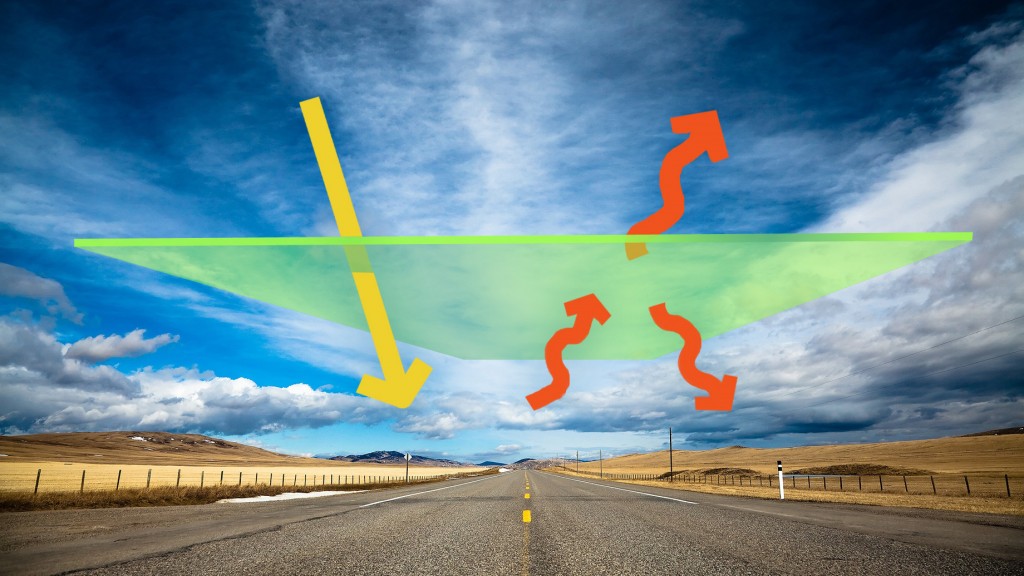I still remember the first time I was asked about how climate change affects El Niño. It was given as a group exercise during a winter school in Les Houghes (in France) back in February 1996. Since then, I have kept thinking about this question, and I have not been the only one wondering about this. Now I had my hopes up as a new study was just published on the evolution and forcing mechanisms of El Niño over the past 21,000 years (Liu et al., 2014).
[Read more…] about A clearer picture how climate change affects El Niño?
References
- Z. Liu, Z. Lu, X. Wen, B.L. Otto-Bliesner, A. Timmermann, and K.M. Cobb, "Evolution and forcing mechanisms of El Niño over the past 21,000 years", Nature, vol. 515, pp. 550-553, 2014. http://dx.doi.org/10.1038/nature13963


